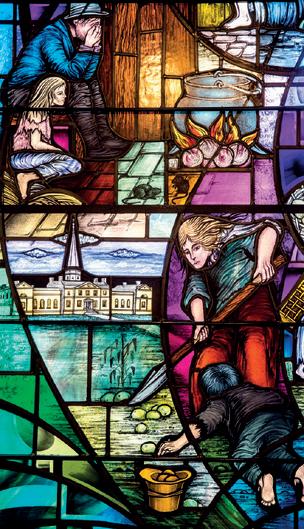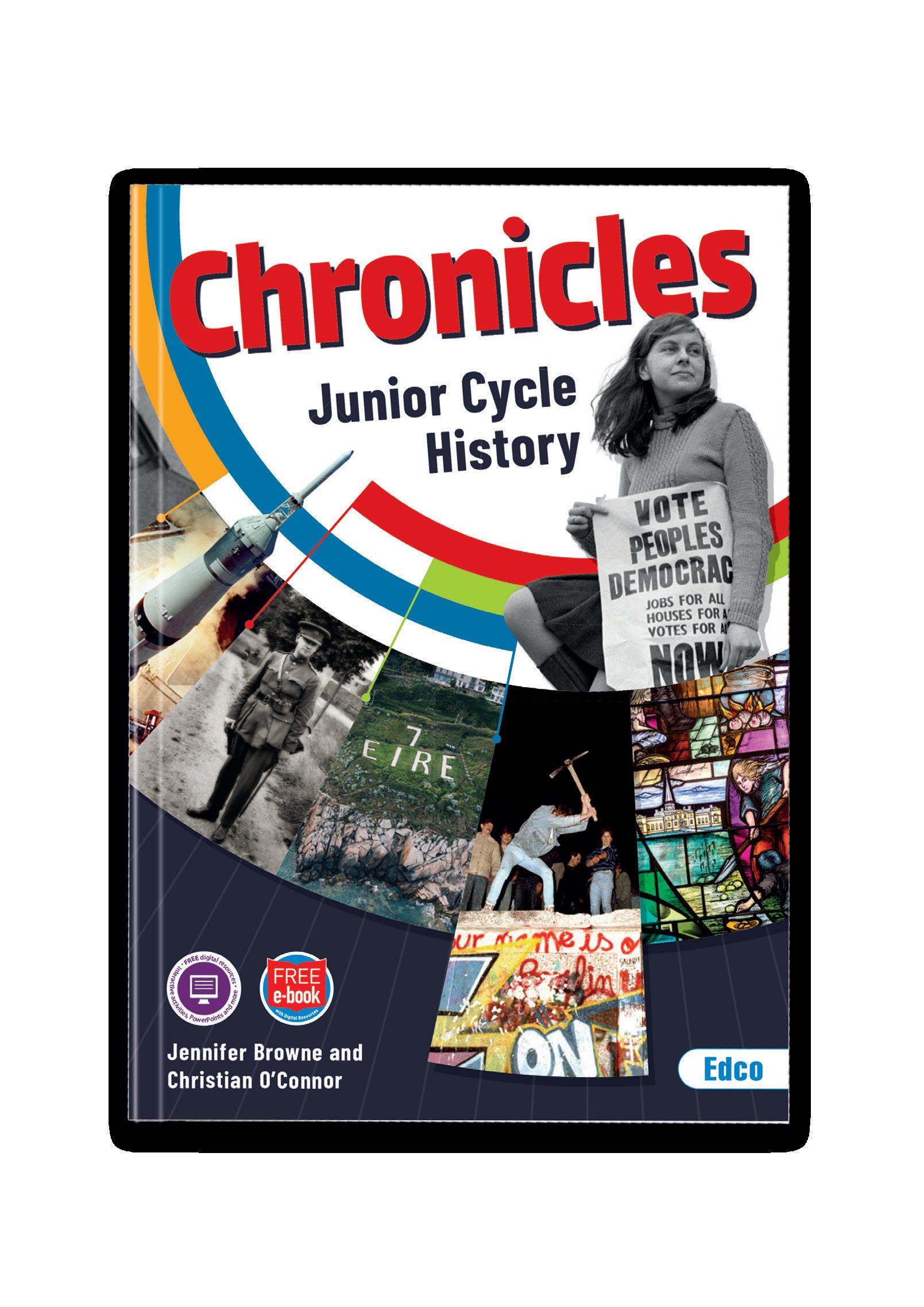Student Textbook
Knowledge-rich chapters allow for in-depth study and facilitates students’ natural curiosity Aligned to the specification with relevant Learning Outcomes and student-friendly Learning Intentions listed at the start of chapters Accessible language caters for varying levels of reading ability Difficult words are explained using Dictionary Boxes and Key Words are defined and highlighted in the text
Working with Evidence questions include a wide variety of primary and secondary sources
A strong emphasis on women’s invaluable contribution to and significant role in history


Activate a Key Skill boxes enable students to develop the key skills of Junior Cycle
The Educational Company of Ireland
Please contact your Local Edco Representative to book a presentation or request a sample copy, or Ph: 01-4500611, Email: info@edco.ie, Website: www.edcopublications.ie
Life in ancient Rome A channel used to carry water over land. Underground passageways and chambers used by Christians for burials. The main meal of the day. Romans with legal rights, including the right to vote. The two most powerful political officials of the Roman Republic. They held office for one year and had to Free grain given to the poor. The private house of a patrician family. The supreme ruler of an empire. Empire A group of colonies (territories) controlled by a single ruler or government. Gladiators Trained fighters who battled other gladiators in public contests. Insulae Apartment blocks occupied by plebeians. Legionaries Regular soldiers in the Roman army. Manumission Gaining freedom from slavery. Patricians Rich nobles, including wealthy landowners. They made up a small percentage of the Roman population. Plebeians Poor working-class people, including soldiers, farmers, craftsmen and labourers.They made up the majority of the Roman population. Polytheism Worshipping many gods. Republic society without a king or queen. It is governed by elected representatives of the people. Tunic A dress-like garment worn by men and women. Learning outcomes investigate the lives of people in [ancient Rome], explaining how the actions and/or achievements of [the Roman] civilisation contributed to the history of Europe and/or the wider world [the Roman] civilisation 410 – The Visigoths sack (destroy) Rome ad 476 – The Western Roman Empire collapses 73 – Mount Vesuvius erupts, destroying the towns of Pompeii and Herculaneum ad 285 – Emperor Diocletian divides the empire into the Western Roman Empire and the Eastern Roman Empire (also known as the Byzantine Empire) – The Great Fire Rome leaves the city in ruins ad 1453 – The Ottoman Turks capture the city of Constantinople, marking the end of the Eastern Roman Empire Chapter timeline – The Antonine Plague breaks out in the empire – Dictator Caesar assassinated In this chapter you will: Consider the origins of the city of Rome Investigate the everyday lives of people in ancient Rome Explore developments in health and medicine or crime and Discover how the achievements ancient Rome contributed to history Learning intentions Chronicles Chapter 02.indd 18 3:08 Rome began as a collection of small farming villages on seven The villages eventually and was ruled by a line of seven kings. lasted for about 500 years. It was run by two the consuls had to agree decisions and would serve for only one year. They were advised by after a series of Augustus Caesar (supreme ruler) of Rome. Rome was ruled by emperors until its collapse in the rest of Italy, most of Europe and parts of the Middle East and northern Africa. They divided these conquered lands into provinces Each province was run by a governor Governors of senatorial provinces were chosen by the Senate. Governors of imperial provinces were chosen by the emperor. The Roman Empire was an ancient civilisation that ruled much of Europe for about 1,000 years. The Romans expanded from the city of Rome by launching military campaigns. There is much to admire about the Romans. They founded major cities. They designed stunning buildings. They established a way of life that continues to influence people today. For instance, they developed underfloor heating and indoor plumbing. There is also much to criticise about the Romans. They treated women poorly. They kept slaves and treated them cruelly. How do we know about life in ancient Rome? Works by Roman writers, including Pliny the Younger, Julius Books written by historians, including Philip Matyszak’s Buildings such as the Colosseum and the Pantheon in Rome Infrastructure such as the Pont du Gard aqueduct in France Objects such as coins, weapons, tools and pottery decoration made from small pieces of glass, stone or tile. a system of government that has a a ruler who has unlimited power over the the use of power for someone’s own a war between different groups of Mosaic from a house entrance in Provinces of Rome, 117. Why are maps useful sources of information? 19 Life in ancient Rome Junior Cycle History: Chronicles – Strand three: The history of Europe and the wider world Chapter overview Chronicles Chapter 02.indd 19 3:08 Check your learning 1 Why is Leonardo da Vinci considered a ‘Renaissance man’? Examine the painting and answer the questions. Leonardo da Vinci’s Describe what is happening in the painting. Do you agree that the figures in the painting are lifelike? Explain. Mention one painting technique used in the painting. Name two other paintings by Leonardo da Vinci. Give one reason why paintings are useful sources of information for historians. Working with evidence ? Sofonisba Anguissola Sofonisba Anguissola (c. 1532–1625) is perhaps the most well-known female painter of the Renaissance. She was born into a noble When she was fourteen, her father placed her in the studio of local artist Being a girl, she was not allowed to be an apprentice; instead, she was a paying She spent three years studying with Campi. Her chosen field portraiture She exchanged drawings with Michelangelo, who was impressed by her talent. painter. Later, she spent time in Genoa and Palermo. Her most famous paintings include playing chess with her sisters, and painted portraits of Queen Elisabeth of Spain and Princess Joanna Remarkable Women Amilcare Anguissola was Sofonisba’s father. This extract provides insight into his influence over her progress as a painter. Read the extract and answer the questions below. Keen on promoting his daughter, Amilcare gave her paintings and drawings away like calling cards [business cards] to anyone who might be a potential patron or tutor. He sent a sketch of a laughing woman to the 82-year-old Michelangelo, who responded by asking for a crying boy. Sofonisba, as it happened, had a drawing ready of her brother, bitten by a crab as a sister looked on. Michelangelo was so impressed that he began sending her his own drawings to copy or rework as exercises, and in 1554 she journeyed to Rome to meet the ageing master. Their relationship noticeably influenced Sofonisba’s style, helping her attract the attention of Cremona’s overlords [the local ruling family] in Milan. They, in turn, recommended her to the recently enthroned Philip II of Spain, who was looking for a court artist and lady-in-waiting for Elisabeth of Valois, his new child bride of 14. In Sofonisba he found both. Source: From Renaissance People, copyright © 2011 Robert Davis and Beth Lindsmith. Reprinted by kind permission of Thames Hudson, Ltd., London 1 Do you think that Sofonisba’s father was supportive of her painting? Support your answer with reference to the source. 2 How did Michelangelo influence Sofonisba’s progress as a painter? Give information from the source to support your answer. 3 Is the extract from a primary or secondary source? Explain. Working with 76 Junior Cycle History: Chronicles – Strand three: The history of Europe and the wider world Chronicles Chapter 05.indd 12/12/22
A focus on CBAs with sample CBAs within the text and a dedicated chapter providing a step-by-step guide to completing each CBA
Includes a variety of questions aimed at recalling information, improving key skills and exam preparation
Think like a Historian questions challenge students to use key information to think critically



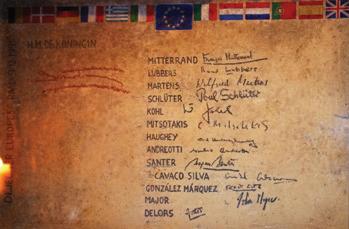
Exam-focused content with Sample Exam Questions
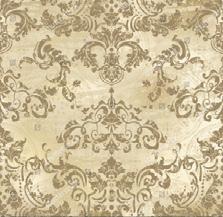





























































A Guide to the Final Exam based on the 2022 SEC Exam paper includes an answer guide, marking scheme and exam tips

Student Activity Book
The Student Activity Book includes a range of engaging and fun activities to be completed in conjunction with the textbook

Life in Nazi Germany Chronicles 15.indd 265 5:31 PM

Nazi rally in a nearby town against the ‘reds’: ‘We all gathered at the entrance of the town and put on white armbands, and then you could hear the thundering marching of our column of about 250 men. Without weapons, without sticks, but with clenched fists, we marched in strict order and iron discipline into the catcalls and screaming of the crowds before the meeting-hall. They had sticks and fence-boards in their hands. It was 10 o’clock at night. With a few manoeuvres in the middle of the street, we pushed the crowd against the walls to clear the street. Just at that moment, a carpenter drove through with a small truck and a black coffin in it. As he went by, one of us said: ‘Well, let’s see whom we can put in there.’ The screams, cries, whistles and howls grew ever more intense. The two rows of our column stood still, charged up with energy. A signal, and we go marching into the hall where a few hundred rioters are trying to shut up our speaker. We came just in time, marching in step along the walls until we had closed the ring around them, leaving an opening only at the entrance. A whistle sounds. We tighten the ring. Ten minutes later … we had put The Coming of the Third Reich What evidence is there that the Brownshirt group was determined to defend the Nazi rally? How did the crowd react to the arrival of the Brownshirts outside the meeting-hall? How did the Brownshirts succeed in imposing their will inside the hall? Name a fascist country and its leader that you studied as part of your Junior Cycle History Give two reasons why the fascists became popular in this country. Explain two methods used by this leader to maintain power. Account for the life of women or children in this fascist country. for an interactive Chapter summary 265
It is also source-based and includes many primary and secondary resources which students can evaluate to prepare for exams
www.chronicles.ie Complete the crossword below. Name of the German parliament. (9) The Nazi symbol. (8) Director of Name given to the Nazi attempt to seize power in Bavaria in 1923. (4, 4, 6) French member of the ‘Big Three’ at the Paris Peace Conference. (10) 202 Junior Cycle History: Chronicles – Student Activity Book History Alive Activity book_Ch 15.indd 202 5:14 What commitment does the treaty make in relation to the movement of people? Design a cloud of key words relating to the Maastricht Treaty. More significant words should be larger than less significant words. Discuss the key words with your classmates. This picture shows the signatories of the Maastricht Treaty. Who signed on behalf 262 Junior Cycle History: Chronicles – Student Activity Book History Alive Activity book_Ch 21.indd 262 5:28 Anglo-Norman invasion of Ireland Be creative: Anglo-Norman invasion of Ireland Tell the story of the twelfth-centuryAnglo-Norman invasion of Ireland by adding a series of drawings and captions to the storyboard below. For more information, search YouTube for ‘Facts you didn’t know about the Norman invasion of Ireland’ and watch the twelve-minute video. The
6:20 The Gateway Glendalough monastery was at one time enclosed by a circular stone wall. The Gateway was an entrance. It is a square building with two archways. Originally, it was a two-storey building. The gatekeeper lived on the top floor. Just inside the Gateway is the Sanctuary Stone, which marks the boundary of Church law. An unusual curved cross is inscribed on this stone. Any criminal who passed this marker was guaranteed protection or sanctuary Sanctuary Stone This building is popularly known as St Kevin’s Church Glendalough Round Tower The Glendalough Round Tower is thirty metres in height. It was built using blocks of stone and mortar (a mixture of sand, lime and water). The walls are about one metre thick. The door is three metres above the ground. According to George McClafferty, ‘The position of the doorway, so high up, may have been for security, both for protecting the valuables stored there or maybe even the monks themselves in times of attack.’ The roof of the tower is conical in shape. The roof we see today was rebuilt from fallen stones by the Office of Public Works in 1876. The original roof was destroyed by lightning in the 1600s. Glendalough Round Tower St Kevin’s Cross should be included in main body. 44 Junior Cycle History: Chronicles – Strand two: The history of Ireland Chronicles Chapter 03_new.indd 12/12/22 3.4 CBA 1 showcase: The past in my place Account for the origins of Glendalough Identify the key design features of the Describe the uses of the different buildings. Discover whether the buildings have Explain why the site is historically The following source is an extract from a newspaper article. It gives an account of how St Kevin came to be the founder of the monastery at Glendalough. A hermit, he slept in a metre-high cave (‘St Kevin’s Bed’) on the side of a steep hill. He wore only animal skins. And he threw them off in winter to immerse himself for hours in the freezing lake below or, for a similar effect in summer, to plunge himself into forests of nettle. It’s possible that, in common with other hermits, he didn’t like people much. If so, it was his misfortune as a famous holy man to attract followers. He escaped them as long as he could. Then he relented, and a monastic community grew up around him, gradually populating Glendalough Valley. It was, as Thomas Cahill writes How the Irish Saved Civilisation ‘a kind of university city, to which came thousands of hopeful students first from all over Ireland, then from England, and at last from everywhere in Europe’. Source 4: Frank McNally, ‘The Birdman of Glendalough – An Irishman’s Diary about St Kevin’s Bed www.monastic.ie/history/glendalough Title with a narrow focus. of how to include an extract from a written Cite additional sources of information. 43 Early Christian Ireland Chronicles Chapter 03_new.indd 4:35 Sample exam question This extract describes a clash between Nazi storm troopers and their political enemies in the early 1930s. Read the extract and answer the questions that follow. A particularly graphic, though by no means untypical, account of stormtrooper activities was provided by a schoolteacher, born in 1898, who had fought in the war and, after far-right activities in the early 1920s, joined the Nazis
1929. He
called up one evening
brownshirt group to defend a
English pattern of settlement in Ireland
in
was
with his
THE COMPLETE PACKAGE FOR JUNIOR CYCLE HISTORY
Teacher’s Resource Book
The Chronicles Teacher’s Resource Book will help you plan your lessons more easily and contains:

Planning support – units of learning and scheme of work/yearly plans
Solutions – to the textbook knowledge retrieval questions and activity book questions
Supplementary resources – additional Working with Evidence (Sources) questions, word scrambles and thinking quilt activities for students
Digital resources – listings of all digital resources per chapter as well as Digital Tools for learning, Virtual Field Trip and useful Weblinks
The Teacher’s Toolkit – this contains advice on Teaching strategies including:

Framework templates and knowledge organisers Read history for pleasure
Documentaries and movies Reading list for subject knowledge
Digital Resources


Teachers and students can access the Chronicles interactive e-book at www.edcolearning.ie, plus a bank of free digital resources, including:

› Solutions and editable planning documents


› Editable PowerPoint presentations and chapter summary documents
› A wide range of video and audio material, including documentaries, biographies and accounts of ordinary people in history
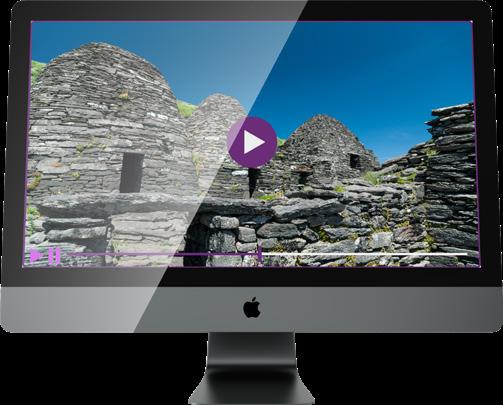
› Quizlet activities, video worksheets, useful websites and graphic organisers.
The Authors
Christian O’Connor
Christian is a History teacher at post-primary level. He is a history pedagogy lecturer in the School of Education, UCC. He is a former Chairperson of the Cork HTA and is a regular presenter at their seminars. He is well known for his website, juniorcyclehistory.ie, and his Twitter account, @Hist_Matters.
Jennifer Browne
Jennifer is an English and History teacher at post-primary level. She is a history advisor for Junior Cycle for Teachers (JCT). She is known for her Twitter account, @MsJBrowne.
The Educational Company of Ireland
The Educational Company of Ireland
Please contact your Local Edco Representative to book a presentation or request a sample copy, Ph: 01-4500611, Email: info@edco.ie, Website: www.edco.ie
Please contact your Local Edco Representative to book a presentation and request a sample copy, Ph: 01-4500611, Email: info@edco.ie, Website: www.edcopublications.ie
2023
JUNIOR CYCLE HISTORY


